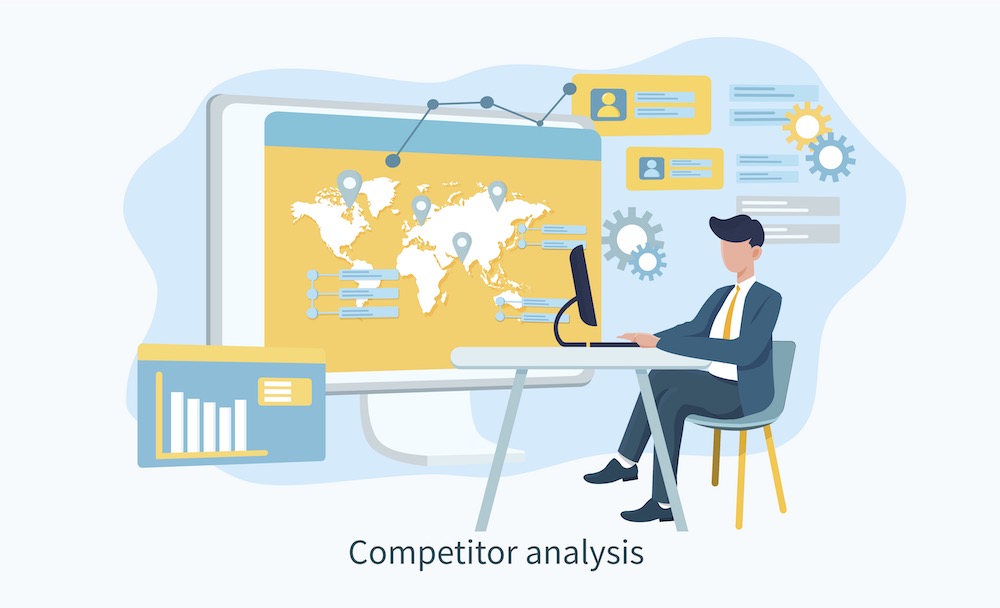In the podcast episode we released this week, we discussed key IP issues for companies as well as some common misconceptions held by founders. One of those common misconceptions is that the use of another’s copyrighted content, particularly unregistered content, is permissible without consent.
Misconceptions that Lead to Companies Misusing Copyrighted Content
There are several underlying rationales that incorrectly lead founders to this conclusion, including:
- that the use of the copyrighted content is only minimal,
- it is for a purpose other than the purpose for which the content was created,
- the user believes the use is art or parody,
- the user changed the content enough before they used it,
- the content’s author will never learn about it and wouldn’t mind if they did, or
- that the content is not protected.
The Risks of Using Copyrighted Content
However, these beliefs are not correct. Copyright protection in the US is automatic – the work does not need to be registered to receive the benefits of copyright protection. It is protected from the moment it is “fixed” in tangible (including digital) form. The U.S. Copyright Act is also a strict liability statute. This means that the use, copying or making of derivative works based on copyrighted content, whether registered or not, without authorization can result in liability for infringement regardless of the user’s intended purposes or beliefs.
Exceptions to the Copyright Act
There are very limited exceptions to the federal Copyright Act. One such exception is the doctrine of fair use and fair dealing. This doctrine permits the use of limited portions of a copyrighted work for purposes such as commentary, criticism, news reporting, and academic reports. However, there are no bright-line rules around what constitutes a de minimus use and the outcome of fair use court proceedings are determined on a case-by-case basis making them difficult to predict.
It is best to err on the side of caution when using copyrighted works and either seek permission from the rightsholder or seek legal advice if your business intends to use another’s work.
The Public Domain Copyright Misconception
Finally, remember that not everything that is publicly available is in the public domain. Whether a work is in the public domain depends on whether the work qualifies for copyright protection at all (for instance, works created by the U.S. government are not protected by copyright and are free to use) and if so, then when the term of copyright protection for that work expired. As a general rule, anything created more than 95 years ago is in the public domain. Most works created more recently, including a great deal of the works publicly available online, are protected by copyright.
If you found this commentary interesting, be sure to review our 5 Tips to Navigate Key IP Issues in 2022 and listen to our podcast episode on Key IP Issues. In it, we talk through some key IP issues we encounter in our representation of founders, startups, and entrepreneurs. We know it’s not the sexiest legal topic. But the consequences for making some of these common IP mistakes are huge.
In this episode, you will hear:
- Identifying what IP you own and available mechanisms for protection
- Examples of IP types and those not eligible for IP protection
- Creating appropriate confidentiality protections
- Limiting disclosure as necessary
- Failure to establish clear ownership of valuable IP
- Where do the IP rights belong?
- Drafting poorly drafted IP agreements or no IP agreements
Otherwise, if you’re uncertain about your company’s use of another’s IP, reach out. Our intellectual property attorneys would love to help.
Disclaimer
The materials available at this website are for informational purposes only and not for the purpose of providing legal advice. You should contact your attorney to obtain advice with respect to any particular issue or problem. Use of and access to this website or any of the e-mail links contained within the site do not create an attorney-client relationship between CGL and the user or browser. The opinions expressed at or through this site are the opinions of the individual author and may not reflect the opinions of the firm or any individual attorney.


